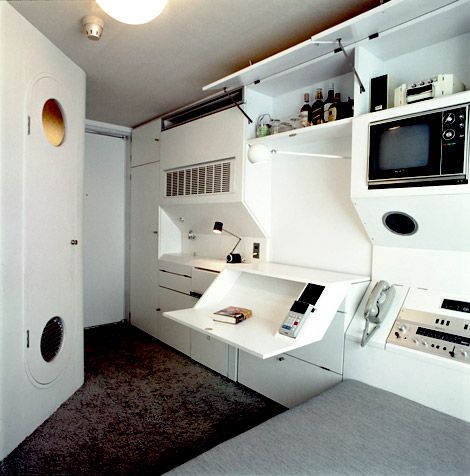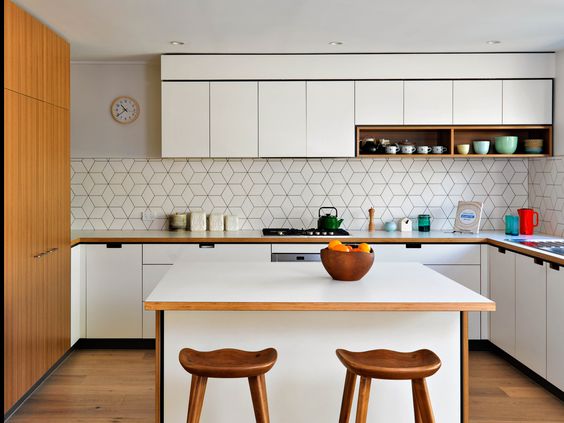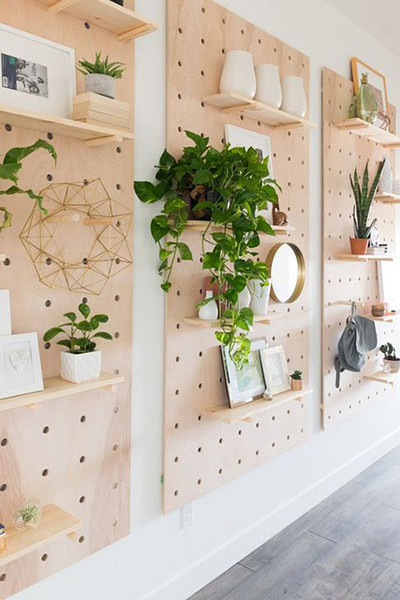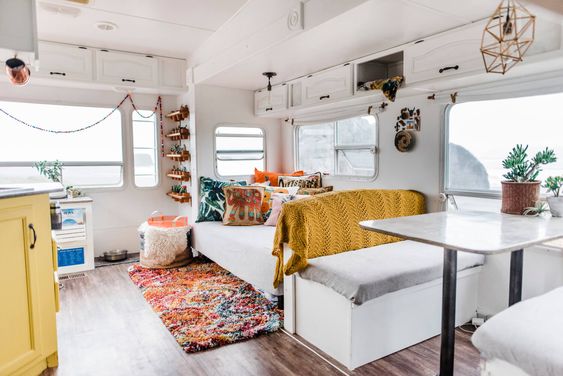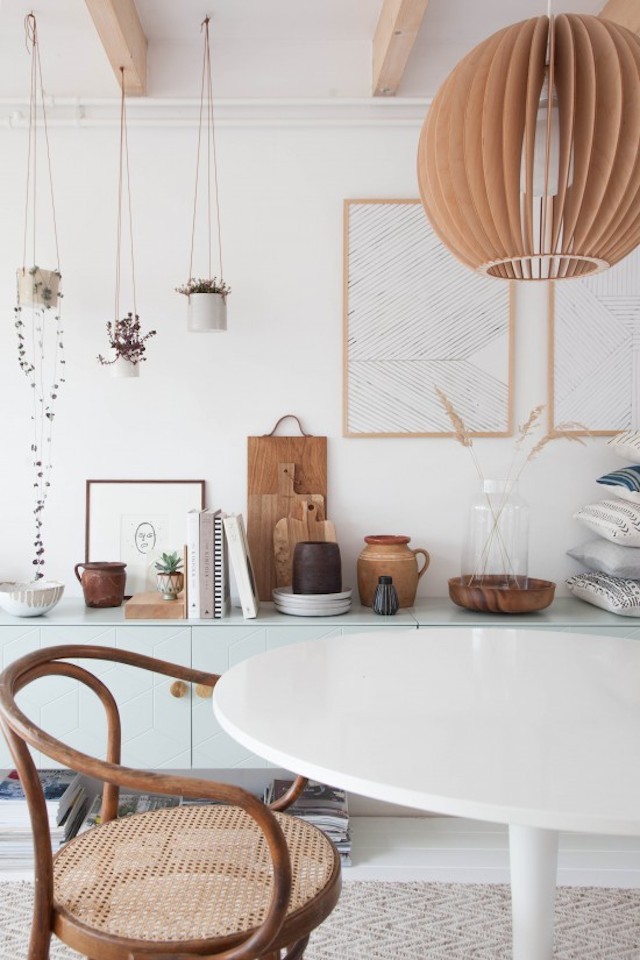(s.)
I've always, or at least since I can remember, had a huge fascination with Metabolism in Architecture. Perhaps it was my love for the 60's-70's or the World's Fair but much of what I love in design originated in the juxtaposition between the utilitarianism and the natural world. Metabolism is essentially that. Although the majority of features are inherently space age and minimal, the forms often took an exaggerated importance with a more organic feel. This, in some ways, was reminiscent of Brutalism but with a softer touch.
Rooted in postwar Japan, the movement began with a proposal by architects, artists, and designers to significantly overhaul the classical conventions of urban design. The sky was the limit in terms of how they represented this new form of the built environment. Think colossal structures with an organic, fuzzy side.
Historically, the style was short-lived in terms of application but the longevity of different principles and characteristics lived on. The architecture was visionary and extremely ahead of the times with ideas that could be utilized now. For those more interested in the history and philosophy behind the movement, this book is amazing. Although many of the buildings now are gone, or in a state of disrepair, the extreme detail of design and ergonomics were wonderful examples of what architecture could accomplish.
I'm currently in the process of renovating a 1940's bungalow made out of marble and the interiors were severely dated in terms of having pre-minimalist bones but a lot of filler. The upper attic has a really unique layout and details which I felt would make the perfect studio to work from. I had some reservations about completely whitewashing the space but found that by taking a more organic approach it is coming together in a way that captures the spirit of this movement for me. While most modern designs don't really echo the same aesthetic, there are more distilled versions of some attributes of the style that could be utilized in our homes today. Some are more obvious than others but the organic spirit is what counts.
(s.)
(s.)
I know most of us can't afford to completely overhaul our spaces or give up all of our precious worldly possessions in favor of something more utilitarian. We can, however, adapt some of the principles of this design strategy and make it our own. I found some simple, relatively quick ways to echo this movement while still keeping it my own space and hope that these tips might help out others as well!
Nakagin Capsule Tower. (s.)
(s.)
(s.)
(s.)
(s.)
1. WHITE ALL OVER
Metabolism was an anomaly in the realm of architecture movements because it blended the grandiose and unconventional with the organic. There are some things about those bright white, pristine walls and low-intensity contrast that set my cold heart aflutter. Paired with textured woolen grays and pops of color (orange, chartreuse, and mint being some favorite recommendations,) the bright white becomes a warm and friendly environment sans the clutter. The result was more visually open, brighter, and energizing. Muted stone elements (like marble) add additional texture to a space.
The white doesn't have to be just limited to walls either. I even went as far as painting some of my midcentury furniture white and it made a huge impact on how open the space feels. Circular forms and organic shapes were key features that set off the most symmetrical/perfected qualities in the space. Repetitive geometric forms were also desirable. Finding multiple functions or uses for items, when painted a similar color, can give a sense of cohesion that reduces the scattered energy in our modern world. Of course, using environmentally responsible paints or other low-impact paints would be ideal.
(s.)
(s.)
(s.)
(s.)
2. PLANT LOVE
The unity of man and nature with technology and advancement are characteristics very apparent in Metabolism. By taking a more passive role, we can find ways to configure the natural elements with the more stoic ones. When I think of that style-- mossy forms and a good balance of hanging/potted plants, cacti, or succulents are the first things that come to mind. Basically bringing the natural world in, with organic shapes and textures, can breathe new life into your space and put you in touch with your inner spirit.
(s.)
(s.)
3. HIGHLIGHT (A FEW OF ) YOUR FAVORITE THINGS
In an age of the maximalist, it is difficult to go minimalist. But it is good to *wabi sabi* your life a bit and put meaning into the objects that inhabit your space. If it does not serve a purpose or bring you joy, it needs to go. By having more minimal features in your space, it gives you an opportunity to highlight the things you love in a more intentional way. This speaks volumes about who you are as a person and can be a mechanism for growth (as well as reducing your carbon footprint)-- all good things.
Wood is good, ya'll. (s.)
4. WOOD IS YOUR COPILOT
Beyond contrasting with color, wood can be a great vehicle for offsetting the more clinical attributes of the Metabolist style Wood floors, some furnishings, or an accent wall can add an unexpected visual element to make your space more dynamic and aesthetically pleasing. Not only is it natural but it also has a story and a history as it was likely existing here before you were even a thought in the world. It is a great way to pay homage to the world by showing some love for it.
(s.)
(s.)
(s.)
(s.)
5. A SEASHELL | A MOLD | A SPIRIT
Noburu Kawazoe wrote an essay entitled I want to be a sea-shell, I want to be a mold, I want to be a spirit and within it (albeit rather abstractly) discussed the proposed unity of man and nature. Something we can adopt from this is that, in existential terms, we come from our planet and the relationship to it is symbiotic. By honoring the natural world, we can live a more genuine life. Our environment is often the shape, or mold, that we are surrounded by. To transcend beyond ourselves and to unify with the world around us in a present way can enrich our lives and relationships in ways unfathomable. I believe, out of these 5, it is the most important takeway. By being intentional with our actions and our surroundings we can build a world that is closer to nature and our origins.






